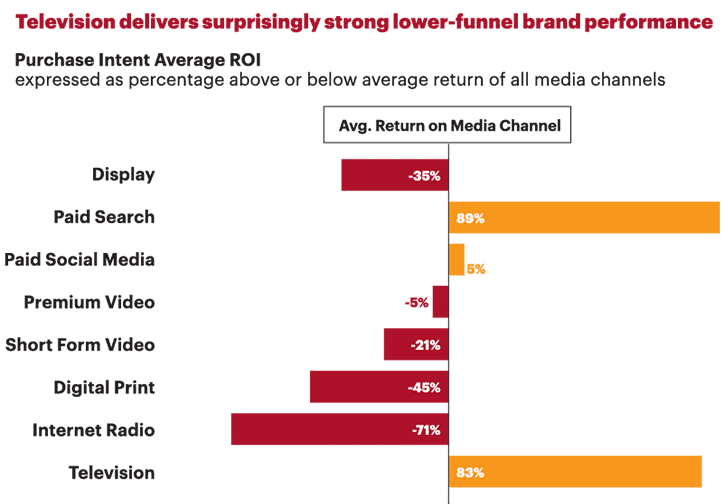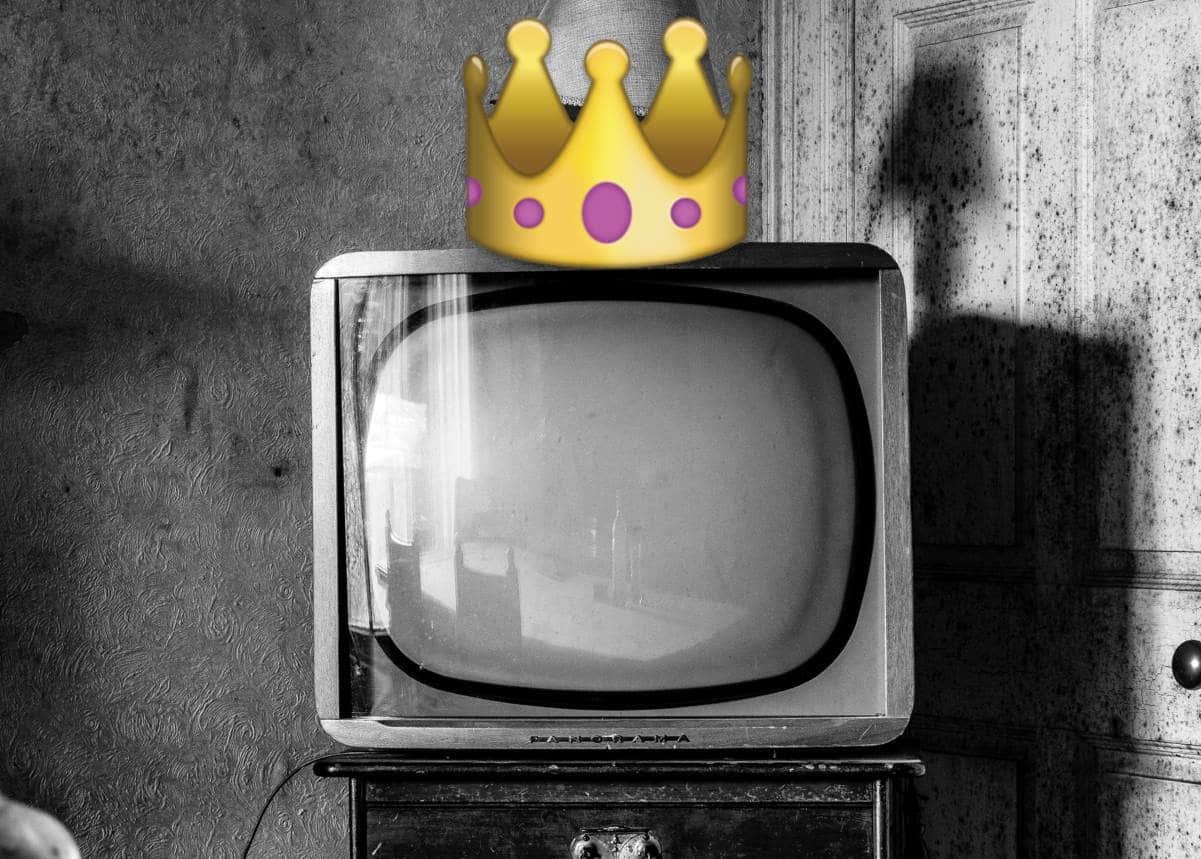Ask any graduating Marketing Major student what their dream job would be, 90% of them would answer Digital Marketing. I am one of them. With social media & the internet being a relatively new technology that has disrupted industries and with bags of potential. Given how familiar most of us are with it, it makes sense to jump on the bandwagon.
Mckinley indicated that there is a lack of reliable supply of digital marketing professionals to meet the high demand. Based on PayScale, the average annual salary for someone with Digital Marketing skills is $56,000.while the average Marketing Executive annual salary is at $35,774. Given the opportunities and compensation a digital marketer gets, it’s definitely a worthwhile pursuit.
You must be thinking digital marketing is a dream job. But hold your horses, before you dive too deep into digital marketing, there are 3 people that argue against it. Mark Ritson, Tracy Dagger & Peter Danaher.
Mark Ritson’s Gentle Advice
A marketing professor that has taught in London Business School, MIT, University of Minnesota and Singapore Management University, he argues that social media is just not as powerful as traditional media.

The percentage of customers of the top 9 brands in Australia that are on social media are just meagerly with only 66% followed brands. Based on data collected by Oztam, Australians consume 101h of video content. Out of the 101h, 84.3% is done on a TV while the other 15.7% is spread across PC, smartphones and tablets.
Apart from the data shared, he highlighted how a view is measured on social media is not similar to a view on traditional media. The metrics used are of total difference, it is like comparing apple with oranges. Should one convert one set of numbers, it would be easily known that traditional media is far more superior
He also crushed the perception of how millennials are more active on social media. He stated that it is a marketing phenomenon where millennials are at the age where they are out more often as compare to the other age groups which explain the decrease in time spent watching TV.
Dagger & Danaher’s study
In 2013 these 2 Marketing professors did research to assess the relative effectiveness of multiple advertising media. The data of the research was done together with Department store in Australia, targeting the loyalty program members that are females aged 25-54.
They discovered that traditional media (print, tv, radio, billboards) were more effective in driving sales as compared to new media (social media, email, display ads). The most effective media were catalogues, Television ads and direct marketing. The only new media that was deemed to be the only effective form to drive sales was email. It was also found that google search influences purchase outcomes. But less effective than traditional media and email.
The numbers are the same in Singapore

Source: Strait Times Singapore
You may be thinking that the idea of traditional media doing better than social media doesn’t apply to Singapore. You may be wrong, it is happening in Singapore too. As indicated by the statistics by Edelman Trust Barometer, Traditional media is still the top trusted media source at 71% and has been on top for the past 8 years.
Business times also indicated that 9 in 10 adults in Singapore read print newspaper and watch television broadcasts on a weekly basis. While 6 out of 10 adults access news through digital and online platform.
What does this mean?
It seems like we all should just quit our pursuit to be a Digital Marketer and be Traditional media marketers instead. Before you do that we should examine the 2 contents that were shared.
Dagger & Danaher
Dagger & Danaher research was done on a very specific set of demography , geography and business type. Given that, the results and findings may only be applicable to similar situations with the same combination of factors, it cannot be broadly applied. It is also important to note that the business that the study was done on did not have an online store.
Without a way for the consumers to take action immediately after seeing an ad on new media, it would not be suitable for the brand to use such media. Based on Charles Duhigg’s Power of Habit, habit works in a 3 step loop.

Source: Charles Duhigg’s Website
It indicates that when a cue happens, the consumer will tend to have a routine reaction and receive a reward at the end of it. In this situation, with our familiarity with new media ads, when we see one and find it interesting (cue), our next course of action would be to click on the link or image to lead us to the website to have a look at the product and possibly make a purchase (routine). Where the reward of the process would be the satisfaction of purchasing something new. By having a cue and not enable the consumer to take their normal course of action, it makes the use of the new media less effective.
Mark Ritson
In the video of Mark Ritson, he discusses how ineffective social media is as compared to television. He has strong arguments for it, citing quality data and numbers supports it. However, he did not compare the cost of running marketing campaigns on various media platforms and their return on investment (ROI).
ROI of the different media types

Source: Accenture
Looking at the data by Accenture, television still has a strong position as a powerful media for marketers. However, they are only second to paid search.
Cost of running ads on different media
| Media Type | Cost/month |
| $300 | |
| $300 | |
| SEO | $500 |
| Google Ads | $500 |
| Television | $5,250 (5s spot on mediacorp channel) |
| Radio | $7,200 (30s for day spot on 91.3fm) |
After calculating the cost to run an ad on the various media for a month, it is very clear how expensive traditional media can be. Traditional media are 10 times more expensive.
The takeaway
Traditional media is a powerful tool for marketers as compared to digital media. It has a larger reach and better ROI. This applies to Singapore too and not exclusively to the Australian demographic
With traditional being a very powerful tool, it is only accessible by powerful companies due to the high cost of it. New media costs much lower, enabling more smaller companies to advertise to the masses.
I find that Mark Ritson has a valid point on how we shouldn’t identify ourselves as a digital marketer. It is only limiting yourself as a marketer. The emphasis should be to develop into a quality marketer, be able to create quality strategies. Once a strategy has set out then one should jump into tactics and that is where the media decision comes in to execute your strategy the best way.
What do you think about Mark Ritson’s advice? Do you still want to identify yourself as a Digital Marketer or a Marketing Professional? Place your votes or let me know in the comments below.
Written by: Azrin Hamdan
[poll id=”2081″]

Hi there! Great blog post you have there. I find it interesting that Mark Ritson have such opposing views from the majority of marketing experts regarding the use of social media as a platform for marketing campaigns. However, I think that is important to note that social media also plays a vital role in some companies’ marketing strategy. For example, Virgin Atlantic airline has over 600K followers on twitter because they frequently update on that platform with status of their flights which the kind of information that their target audience need in times of natural disaster. So, it goes to show that social media still has it relevancy. What do you think?
You make a valid point by highlighting that. Looking back at the data that Mark Ritson presented, the top few brands in Australia are a bunch of companies with long histories, Cole’s Supermarkets is 105 years old. The customer of those brands probably associates the brand with traditional media more as compared to new media like social media. That could be a possible reason they have such a low percentage of their existing customers following them. Apart from that, I think we should also scrutinize the population of customers of those brands. Who are considered to be their customers? Does it include their first few customers when the brand officially started? If that was the case, some of them would no longer be living and that would skew the numbers. Making his argument on the ineffectiveness of social media less concrete. Therefore, I wouldn’t say that social media isn’t relevant at all, it would just be that it isn’t relevant for all brands.
Hello Azrin, great post as usual! These are some really insightful analysis and good explanations. However, we cant deny the growing rate of smartphone users, along with social media growth (such as time spent on a daily basis). I believe the key is really understanding your target audience and consumers, identify which platform of media do they usually consume their information from. An example would be the Heineken’s walk in fridge advertisement. Looking at it, I don’t think the advertisement would be as successful if it was aired in today’s context, but it was a very good ad then because they clearly identified their target audience, which are men in their 30s.
Digital marketing should not be discounted over traditional methods simply over these statistics, and instead of using one or the other, perhaps both can be used to complement and promote each other. What do you think ?
Thank you for another wonderful post. Where else may just anyone get that kind of information in such a perfect manner of writing? I have a presentation subsequent week, and I am at the look for such information.
Comments are closed.